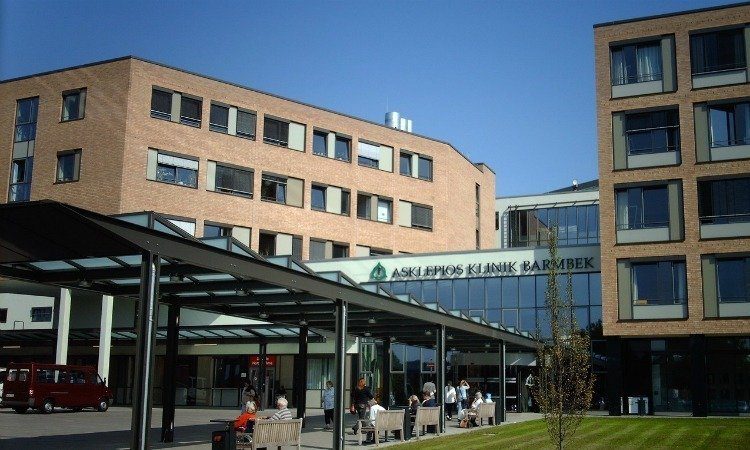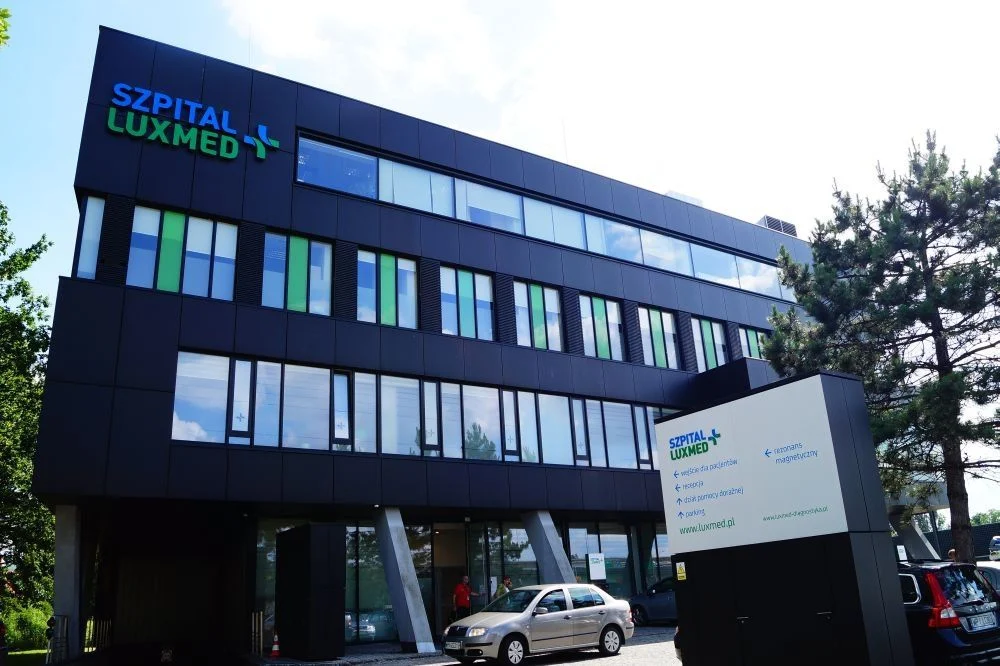Migraine: Causes and Cure
Migraine is a phenomenon frequently encountered in many people. Main defect symptom is a strong ache in the head or face. Pain may differently manifest itself: throbbing, sharp, etc.
Headache types
In medicine, 150+ headache types are described. They are divided into 2 groups.
- Primary headaches aren’t connected with other illnesses including:
- cluster headaches;
- migraine;
- daily pains;
- painful sensations as a result of body overexertion.
- Secondary headaches have roots in another pathology:
- cerebrovascular affection;
- head injury;
- tensions headaches;
- infectious inflammation;
- drug abuse;
- tumor spreading in the body.
Migraine causes
Migraines can be hereditary. In children with migraine, parents have this problem. Headaches are triggered by general person habits and environment where he/she is predominantly located:
- excessive caffeine, alcoholic beverages, fermented foods and dairy products consumption;
- allergens influence;
- passive smoking;
- powerful chemical odors.
Migraine isn’t fully studied. Scientists believe this problem arises from the erratic nerve cells’ reaction to stimuli. In this case, a signal is passed to vessels provoking modifications in the brain and resulting in intense ache.
Migraines symptoms
Tension headaches or other non-constant aches have following character:
- pulsation absence;
- bilateral or all over the head;
- responding to therapy;
- aggravated by monotonous work (when bending or climbing stairs).
Migraine signals are as follows:
- strong pain;
- constant nausea;
- stabbing or throbbing ache;
- prolonged pain sometimes not ending up to 3 days;
- increased sensitivity to light or scents;
- stomach indigestion.
Primary migraine attack is characterized by the following.
- Sudden and heavy pain in the head.
- Organism is completely exhausted.
- Sudden balance loss or fall.
- Difficulties in conversation.
- Confused consciousness.
- Irritability and irrelevant behavior.
- Quality vision loss.
Migraine diagnosis
For headache diagnosis specialists conduct general physical examination, study medical history and prescribe standard therapy. Neurological tests are designed to exclude serious pathologies accompanied by painful manifestations (epilepsy, etc.).
Imaging doesn’t help identify migraines, cluster headaches, or those caused by overexertion. If physician believes the pain is provoked by another ailment, some additional studies may be prescribed to patient, in particular, CT or MRI.
Migraines treatment
Having understood the main causes, specialists select headache treatment methods. Based on pain type, periodicity and roots, therapy may be different.
- Stress management. It will help a person feel inner balance and calmly cope with stressful situations – special breathing practices, meditations and others for relieving tension.
- Medical way. Recurrent headaches often respond normally to over-the-counter pain relievers. Nevertheless, too frequent meds usage provokes prolonged daily discomfort.
In migraines, specialists prescribe quite strong drugs. If migraine occurrence isn’t grounded by another pathology, the only way to eliminate it is medication.










